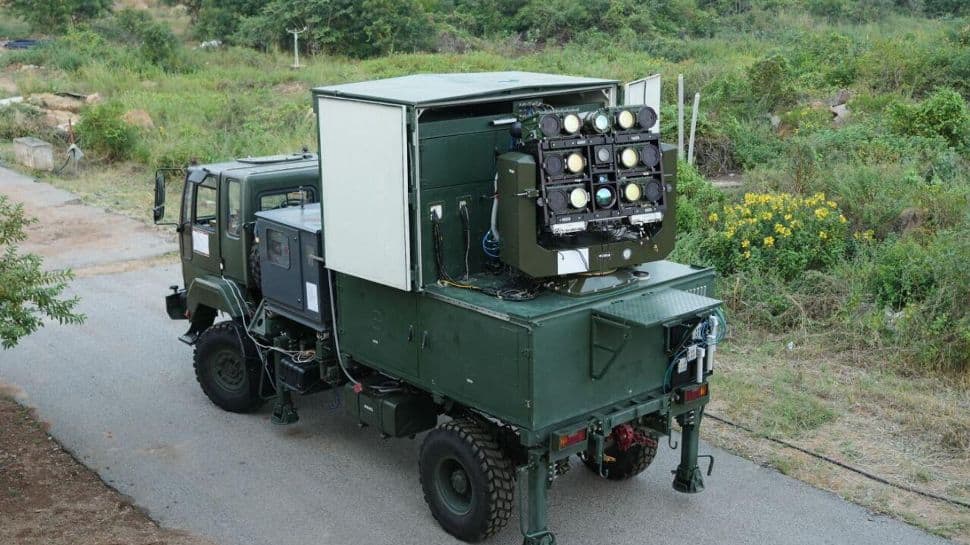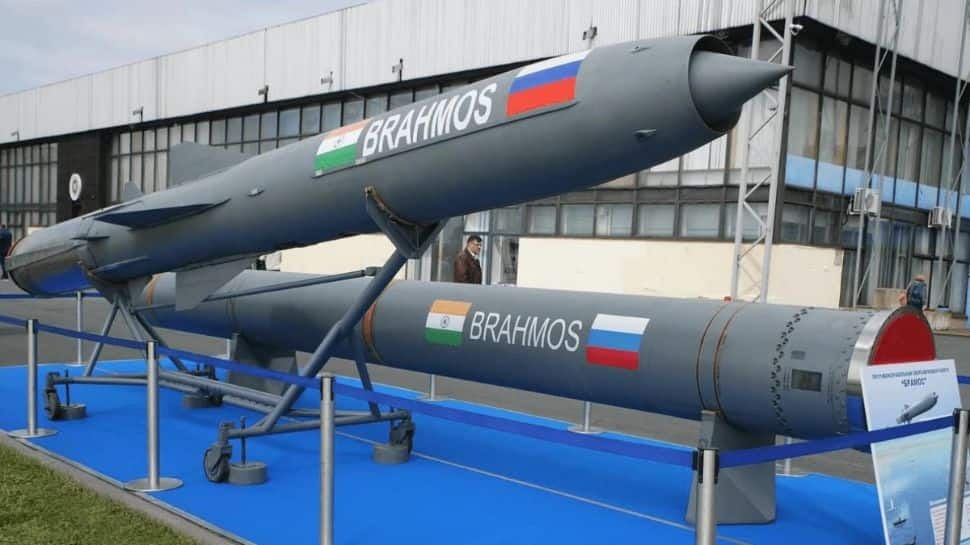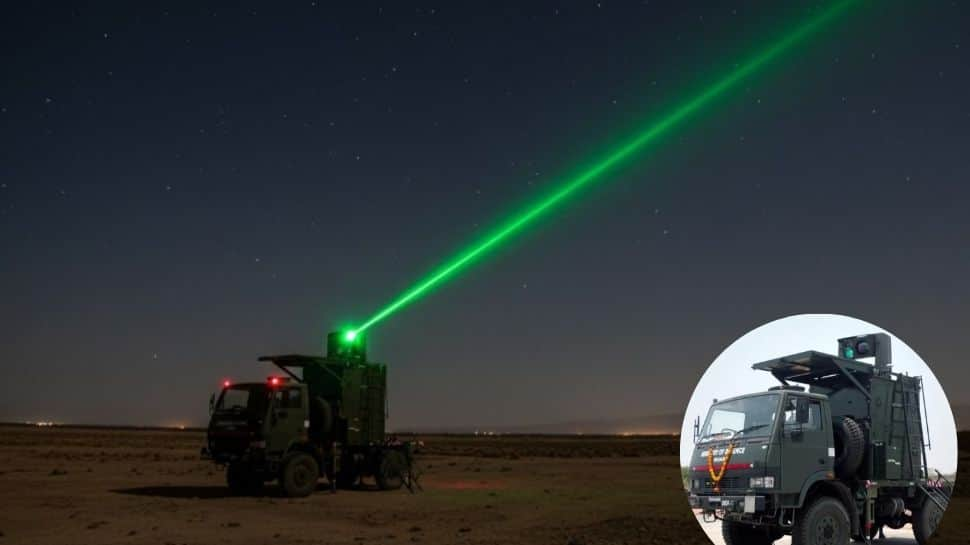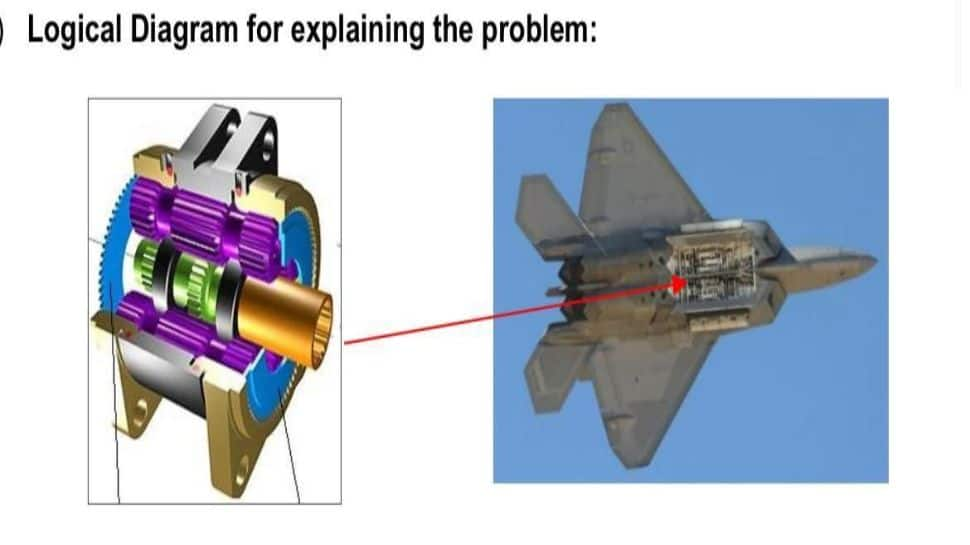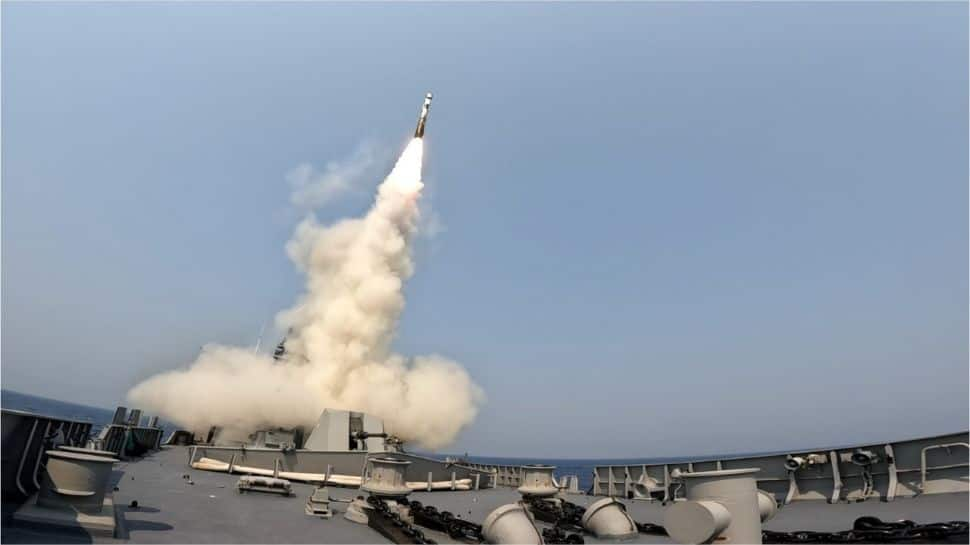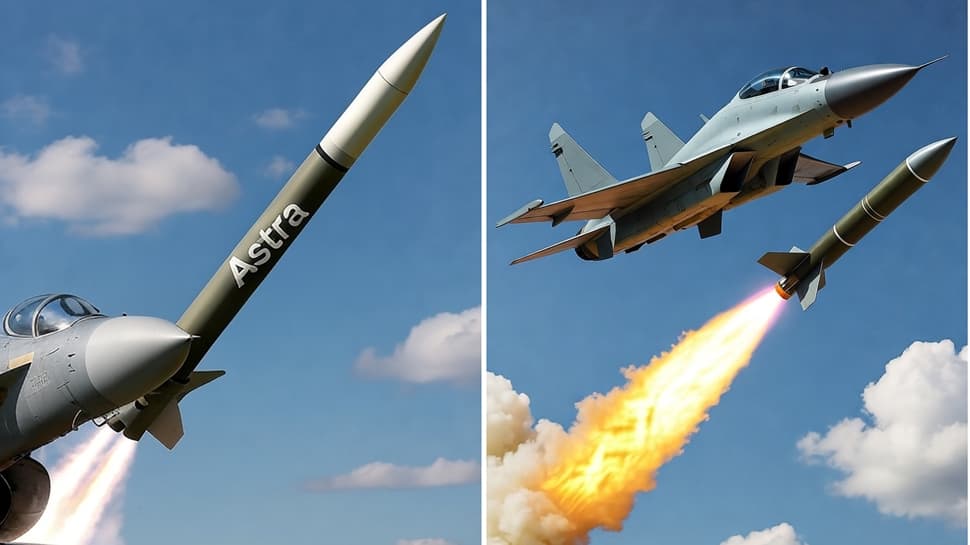India’s defense technological prowess has been significantly boosted with the successful test of the DRDO’s 30-kilowatt Mk-II(A) Directed Energy Weapon…
Browsing: DRDO
India is on the brink of concluding major defense export deals valued at nearly $450 million, set to supply its…
The global defense industry is abuzz with activity surrounding India’s BrahMos supersonic cruise missile, following its decisive role in Operation…
India is significantly enhancing its air defense capabilities with the introduction of advanced laser weapon systems. The Indian Army and…
The skies are set to become a significantly more challenging domain for adversaries as India advances its indigenous defense capabilities.…
India is escalating its aerial warfare capabilities with a focus on next-generation air-to-air missiles, aiming to secure a strategic advantage…
India is significantly bolstering its military prowess through the testing of the BrahMos supersonic cruise missile with an extended range…
India is actively seeking to deepen its defense ties with Brazil, highlighted by a proposal to supply the nation with…
The Defence Research and Development Organisation (DRDO) is spearheading the enhancement of India’s air-to-air missile capabilities with the development of…
A substantial enhancement to the Indian Air Force’s (IAF) long-range strike capability is on the horizon with the DRDO’s proposed…


